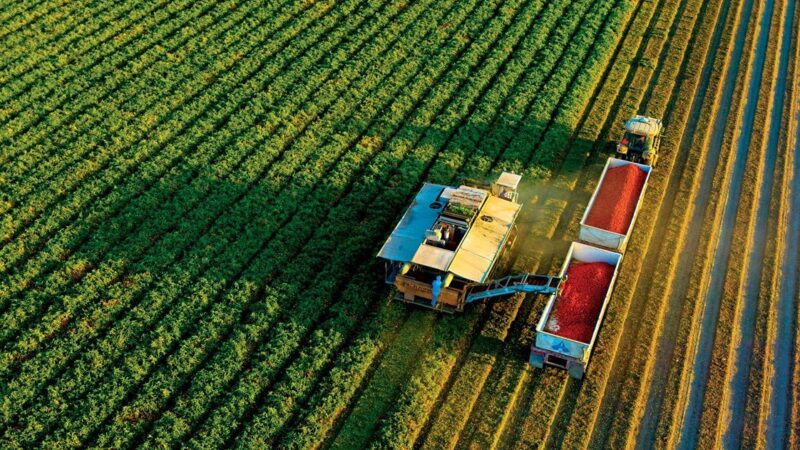California is an agricultural powerhouse, producing nearly half of the nation’s fruits and vegetables. However, this high level of production is not without its trade-offs. Rigorous cultivation has led to overworked and degraded soils, unhealthy air quality, excessive water usage, and, despite California’s role as an innovator in progressive climate policy, massive carbon emissions from transporting these crops globally. The Central Valley is home to five of the ten cities with the worst air quality in the United States, and its agriculture uses approximately 80 percent of all developed water in the drought-prone state despite representing only 2 to 3 percent of the state’s GDP.
In order to help combat these issues, composting holds promise in increasing water capacity, rebuilding soil health, and improving air quality. When compost is applied, the soil’s health increases as microbes grow and become more plentiful. These microbes sequester carbon in the soil from photosynthesis. Today, many farmers in the Central Valley regularly use compost made from organic matter on their crops, but are neither receiving credit for it or getting recognition for the positive externalities of carbon sequestration.
While the reasons for compost usage may not necessarily align with an environmental ideology, both farmers and the environment benefit from its application to soils. Farmers benefit from organic matter buildup, soil biology and health, crop yield, and water retention, whereas the environment experiences increases in carbon sequestration, microbial health, and even workers’ health from possible decreases in pesticide application. The soil benefits from compost may even help lessen California’s current reliance on inorganic, highly polluting fertilizers.
Using agricultural byproducts, predominantly manure, as compost may also be an effective way to sequester carbon, storing it in the soil instead of releasing it to the air. This practice has the potential to help offset the carbon footprint of one of the largest sources of greenhouse gases in the state.
Unfortunately, there exist barriers for scaling compost use up to meet the current scale of conventional agriculture in California. While there have been increases in compost usage, the common variable when discussing compost application with farmers is the problem of cost. If costs are too high, farmers may not be able to use compost at an optimal rate for the environment, or their farms. If composting proves to be an effective method of sequestering carbon on a large scale, it could have major implications for agriculture by providing California farmers with financial benefits in the form of carbon credits from carbon sequestration in their soils. There has been little definitive research into the ability of soil to take in carbon from the atmosphere, and our team aims to quantify the potential benefits that compost application could have for carbon sequestration in California through a structured meta-analysis.
View our Final Global Carbon Sequestration Report
View our Final California “Carbon Farming” Report
Team: Charlotte Bloemsma, Ashley Hailer, Venezia Ramirez, Caroline Schreck, and Shruthi Selvan
Advisor: Peter Kareiva
Client: Sustainable Conservation
Top Image Credit: Photo by Vincent Laforet

